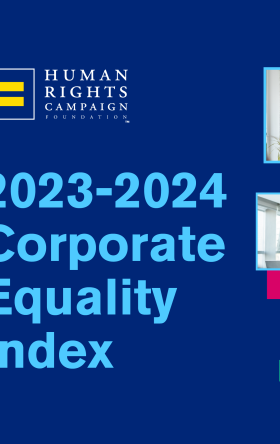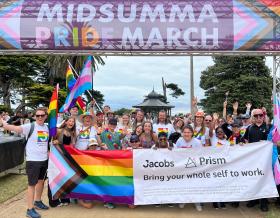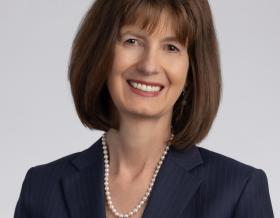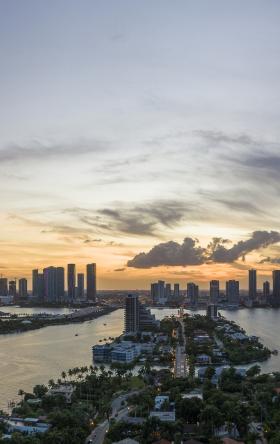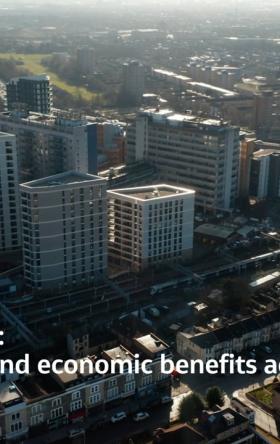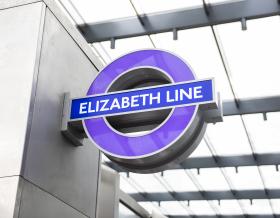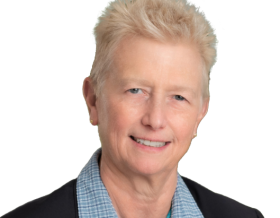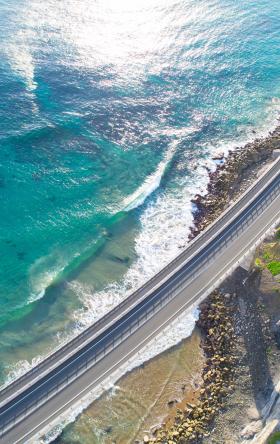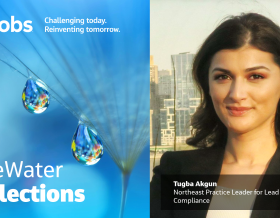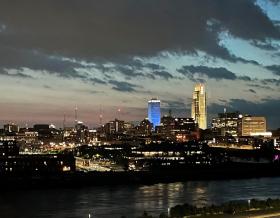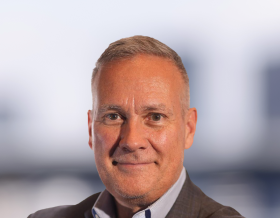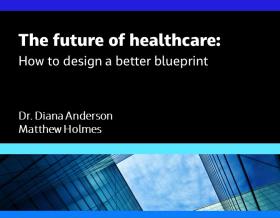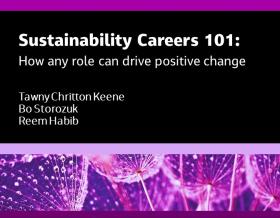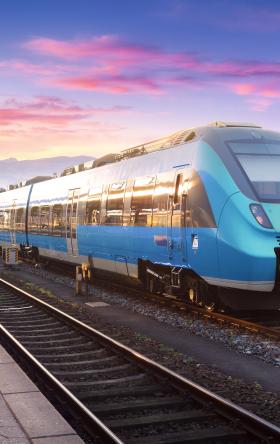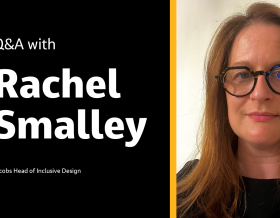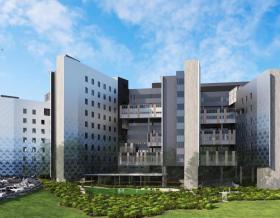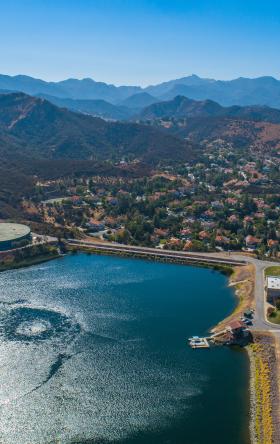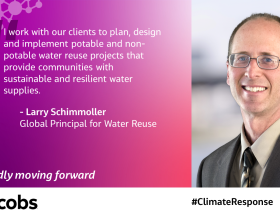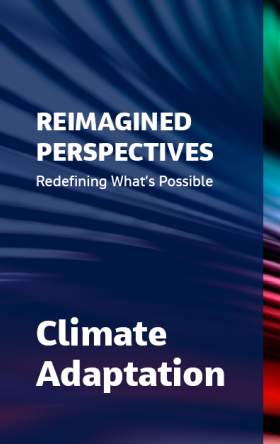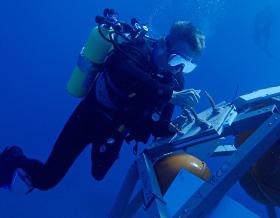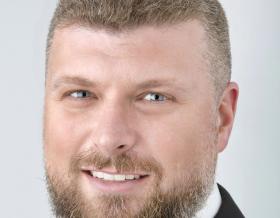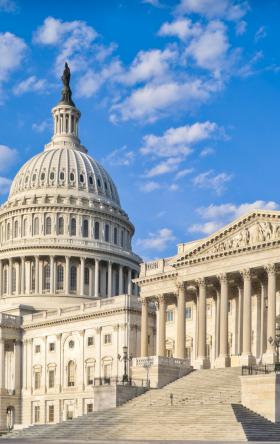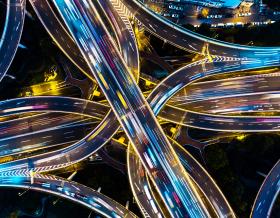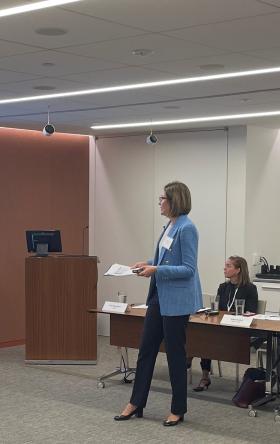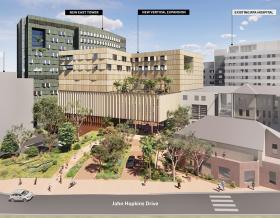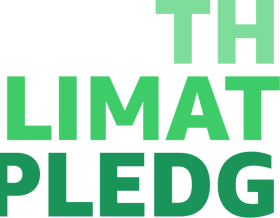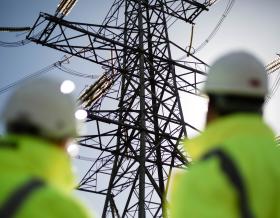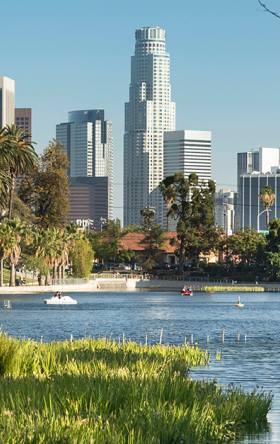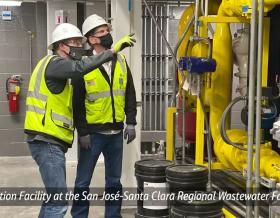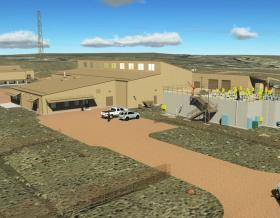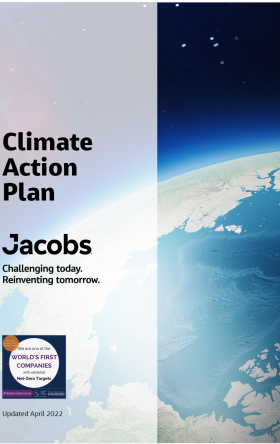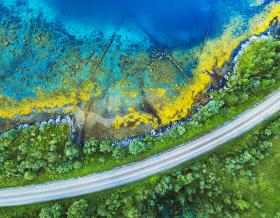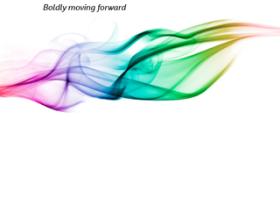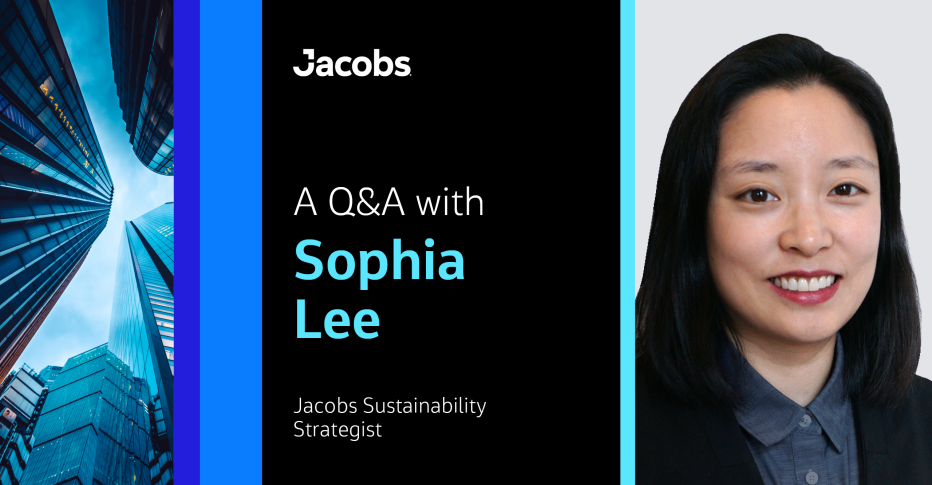
Designing exceptional spaces across the world through our creative blending of human need, environmental stewardship, value creation, science and art.
For the last seven decades, Jacobs has provided architectural solutions in different geographies and markets to our clients around the globe. Today, our integrated design approach and extensive multidisciplinary collaboration cover all phases of sustainable building delivery, including planning, design, construction and operations maintenance.
But our impact wouldn’t be possible without our talented 1,700 building solutions teammates like Sophia Lee, a sustainability strategist who plays a crucial role in guiding projects toward achieving sustainability and climate-focused certifications. Her work helps clients meet aggressive sustainability targets and ensures that equity and fair labor practices are maintained throughout the supply chain.
It’s no wonder Sophia earned the 2024 Young Architect Award from the American Institute of Architects (AIA) in Philadelphia. We sat down with this award-winning changemaker to discuss how her work and collaborative approach significantly impact the built environment and our shared climate goals.
Tell us about what a day in the life as an architect is like and what we offer our clients in this area.
I’m a licensed architect, but these days, I work as a sustainability strategist. Our team offers guidance on certifications such as the U.S. Green Building Council's Leadership in Energy and Environmental Design (USGBC LEED) Certification, International Well Being Institute's WELL (IWBI WELL) Certification and International Living Future Institute's ILFI Zero Carbon (ILFI ZC) Certification for life sciences, data centers and other institutional buildings.
These certifications aim to give our clients and project teams a roadmap toward achieving meaningful climate goals like reducing embodied carbon, potable water and operational carbon. These requirements often align with aggressive sustainability targets set by our clients. My job as a sustainability strategist involves translating the client and certification requirements of these certifications and our clients for our project teams. It entails a lot of spreadsheets!
What are the biggest challenges in architecture and sustainable infrastructure today?
There is a lot of urgency around meeting our shared climate goals of increasing renewable energy use, adapting to using materials with lower embodied carbon and decreasing water use. In the face of this urgency, it’s easy to lose sight of maintaining equity at all points of projects, especially in the supply chain, which may begin in parts of the world far away from a project site. And in fact, forced labor is a big concern in the building materials supply chain. The lack of transparency and the sheer complexity of the number of intermediaries can quickly muddy efforts toward fair labor. However, we cannot, in good conscience, build a sustainable future using forced labor.
How do we help clients think differently to respond to these challenges and those of the future?
One of our focuses is showing clients a path forward to the challenge, and that we have experience implementing the solution. For example, there are several efforts working toward fair labor in buildings and other sectors that are already in progress.
Design for Freedom is a movement highlighting this issue specifically within the buildings industry and provides a tool kit to source materials ethically. Within the LEED certification, the pilot credit "Social Equity in the Supply Chain" establishes a pathway to verify fair labor in building component materials using company and product standards that meet the eight fundamental conventions of the International Labour Organization (ILO). One of the standards this LEED pilot credit relies upon is the Cradle to Cradle Certification, which looks at "Social Fairness" among its criteria for evaluating building products. For some projects, we successfully achieved the LEED Pilot credit for Social Equity within the Project Team, which focuses on what companies can do to improve social equity within their teams. Through Jacobs’ ESG disclosures informed by Global Reporting Initiative (GRI) standards, we demonstrated our commitment to human rights and positively impacting communities and societies.
With all eyes on climate response and sustainable infrastructure, where do you see the industry heading from here?
There’s more attention on reducing the embodied carbon of the built environment – the carbon emitted by the materials composing a building and the construction process. This means first quantifying where we, or the client, stand currently – we call this a baseline or benchmark. Many groups are collaborating to gather this information so that we can provide data-driven solutions.
For example, the International Institute for Sustainable Laboratories (I2SL) has been developing the Laboratory Benchmarking Tool (LBT) and establishing a baseline more specific to laboratories. Jacobs is a Silver-level sponsor of the Labs2Zero effort at I2SL, and we have several Jacobs participants on the Technical Assistance Committees (TACs), including myself. This baseline informs the ILFI Zero Carbon embodied carbon baseline for labs. Another group, Carbon Leadership Forum (CLF), has accomplished a very comprehensive database of benchmarked materials, which has become the Building Transparency EC3 platform.
Is there a project you’re particularly proud of?
I’m so grateful to have worked on a confidential project for a semiconductor campus amenities building which is nearing completion. This project intends to become the “front door” of the campus by providing security checkpoints, executive meeting spaces, a dining hall seating 400 people, fitness and respite for this 24/7 manufacturing facility. I coordinated both LEED and WELL Gold level certifications as part of my sustainability strategist role for the project.
This process was truly multi-disciplinary and collaborative. For example, the lighting design of the dining space required a series of meetings between architects, interior designers, a lighting designer, electrical engineers, myself, an acoustic consultant and the client. Eventually, the client built a mock-up on-site for the “diagonal” and “square” schemes. The Jacobs design team went on-site to discuss with the client, and from this collaboration, the final LEED and WELL-compliant design ensued. I had the pleasure of experiencing the joy of working on a team of not just talented people but also people aligned in their desire for excellence. This project results from an excellent design team, a fantastic client and an enthusiastic construction management partner.
It's incredibly rewarding to see our clients achieve meaningful climate goals such as reducing embodied carbon, potable water and operational carbon. We aim to provide a clear roadmap for sustainability that aligns with our clients' aggressive targets, ensuring that every project contributes positively to our shared climate goals.
About the interviewee

Sophia Lee is a Sustainability Strategist at Jacobs, focusing on implementing LEED, WELL and climate-resilient design for life sciences. She used her positions as AIA Philadelphia Board Member At-Large and Chair of AIA Philadelphia Urban Design Committee to advance urban resilience, environmental justice, and Asian American, Native Hawaiian, and Pacific Islanders (AANHPI) representation. She co-led the Brewerytown Garden Compost Team for three years, one of the Philadelphia Parks and Recreation and Office of Sustainability pilot program locations in the Community Composting Network. She has frequently volunteered with the Bicycle Coalition of Philadelphia and is the Jacobs Philadelphia office liaison for their annual Vision Zero Conference. She has previously taught at Jefferson University CABE Sophia recently returned to Temple University Tyler School of Art and Architecture as a Lecturer on sustainability topics. She recently was named the 2024 Young Architect by AIA Philadelphia.
